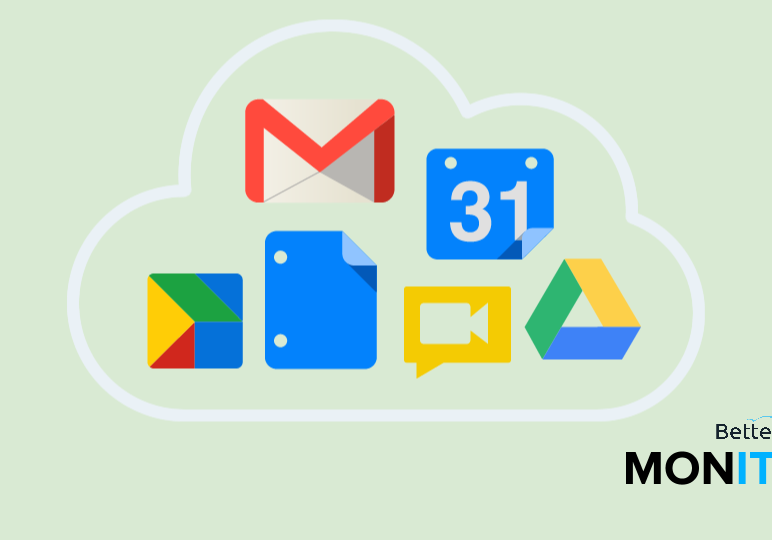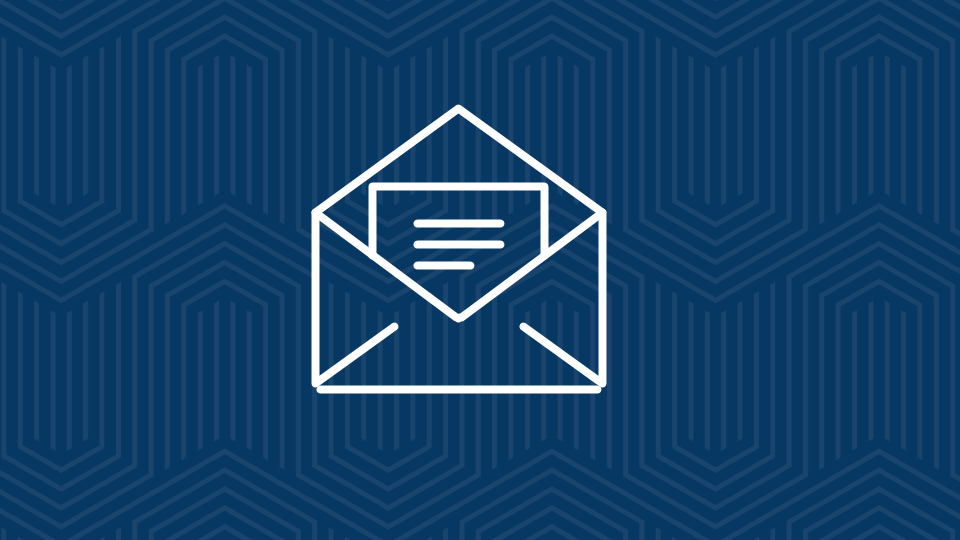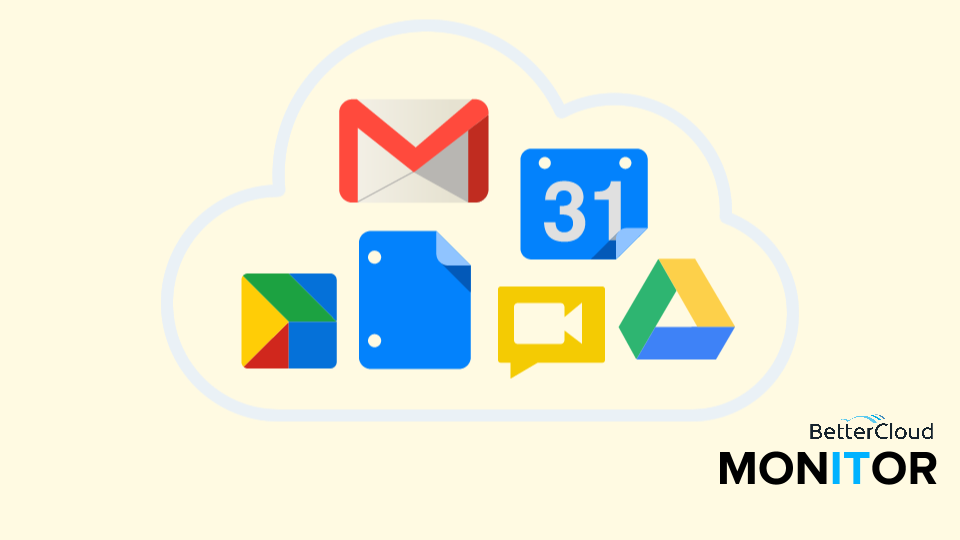Google Apps Migration Tips: Preparation
4 minute read

After you’ve made the decision to ‘Go Google’, there is still the issue of migrating all of your existing data to the new platform. Based upon a variety of factors (size of your organization, previous system, employee willingness to adopt a new product, etc.), the Google Apps migration process can certainly be a challenge. We suggest taking the time to develop a strategic plan to ensure the migration goes as smoothly as possible.
Company Leadership
Perhaps it goes without saying, but company leaders need to be behind the migration to Google Apps 100%. No one likes change, but highlighting inherent advantages such as collaboration, efficiency and (most importantly) cost savings should do the trick. Once you have the support of company decision makers it’s time to get started.
Do we need help with the migration?
How big is your organization? How much data will be involved in the migration? How much experience does your IT staff have with Google Apps (and / or Google Apps migration)?
These are some of the most important questions to ask when evaluating a potential migration.
If your organization has relatively little data, an experienced Google Apps migration expert in house and a user-base ready-and-willing to make the change, you probably don’t need to involve a 3rd-party.
On the other hand, organizations needing to migrate substantial amounts of data from an older legacy system should involve a Google Apps Reseller. Google Apps Resellers are specialists in the Google Apps migration process. We suggest using a Google Apps Premier Reseller with certified Google Apps deployment specialists on hand.
Pick a migration strategy that works for you
Like we mentioned previously, your previous system will be a large determinant in your migration strategy, along with the size of your organization.
For example, extremely large organizations often have no choice but to employ a phased rollout. It’s simply too difficult to migrate that amount of data at once, but there are some advantages. Large organizations can take advantage of their size by involving the ‘early-adopters’. Allowing these users to test out features before the entire organization can help make the migration process even easier.
On the other hand, some organizations may choose to migrate all of their data at once, while some may choose to migrate none at all.
The most important thing to keep in mind is that no two organizations are identical, and the migration process should be tailored to fit the organization and users specifically. Whatever you migration strategy happens to be, companies should take advantage of all resources at their disposal (Google for Microsoft Exchange (PDF) and Outlook, Lotus Notes (PDF), and webmail according to your existing system).
Set the timeline
Once you’ve made the decision to migrate to Google Apps, selected a migration team and determined a migration strategy, you should set a migration timeline. The strategy we outline is five weeks, but this can obviously be extended based upon the size of your organization and / or the amount of data needed to migrate.
It’s obviously imperative that the migration process doesn’t overlap with significant company events or times where your systems traditionally see a high-volume of traffic. In fact, we find it best to perform the actual migration over the course of a weekend, so your users can start the new week on Google Apps. This will also give them the weekend to prepare themselves, while the IT department is tending to any issues to may come up.
Migration Timeline:
Week 1 – Preparation
Week 2 – Testing and Configuration
Week 3 – User Training and Change Management
Week 4 – Conducting the Migration
Week 5 – Wrapping up and Following up with Users
Gain support from thought-leaders
We’ve mentioned a few times that the migration process varies by organization based upon a number of factors. However, ensuring that all employees embrace the transition to Google Apps is imperative to a successful migration. Introducing a new system can be tough enough on a IT staff, but supporting users who fail to adopt the new system and remain on the old system can make the job nearly impossible.
As Google Apps becomes more and more widely adopted as a business email solution, not to mention Gmail’s popularity, it’s increasingly likely that employees will have some sort of experience with Google Apps / Gmail. We’ve found it extremely useful to engage these employees early on in the process. Not only will their excitement translate to others, but they can often point to the tangible benefits of Google Apps in everyday use-cases.
The more influencers you can engage in the process, the easier it will be. At the very least, it’s important to have at least one per department. Anything that can reduce stress on the IT staff will be greatly appreciated.
Communicate with your users
As the pending changes approach, it’s vital to communicate the migration completely and effectively. While the migration itself is a huge technical undertaking, it’s also important to understand that many of your employees are changing important tasks in their day-to-day life. Don’t be afraid to over-communicate and provide them with daily email updates, tips for how to perform legacy tasks with Google Apps, and support resources.
It’s also important to notify your users of the migration process itself. If you anticipate any service outages / disruptions, your users will likely be much more understanding if they’re not blindsided by issues.
Survey your users
After you’ve communicated the changes your employees are about to undertake, it can be helpful to gauge the features that are most relied upon in your legacy system. As the training process begins, you can use these results to focus your efforts on the Google Apps equivalents.
The easiest, least-painful way to do this is with a brief survey. Questions should focus on your legacy system, familiarity with Gmail / Google Apps, and concerns about the change. You can even use a Google Form to introduce your users to one of the many new features.
Bottom line
After you’ve adequately prepared for the migration, set the timeline for the change and engaged users and thought leaders in the process, you can begin to explore the many features of the Google Apps suite.





